Home>Renovation & DIY>Tools & Equipment>How To Keep Paint Brushes Soft
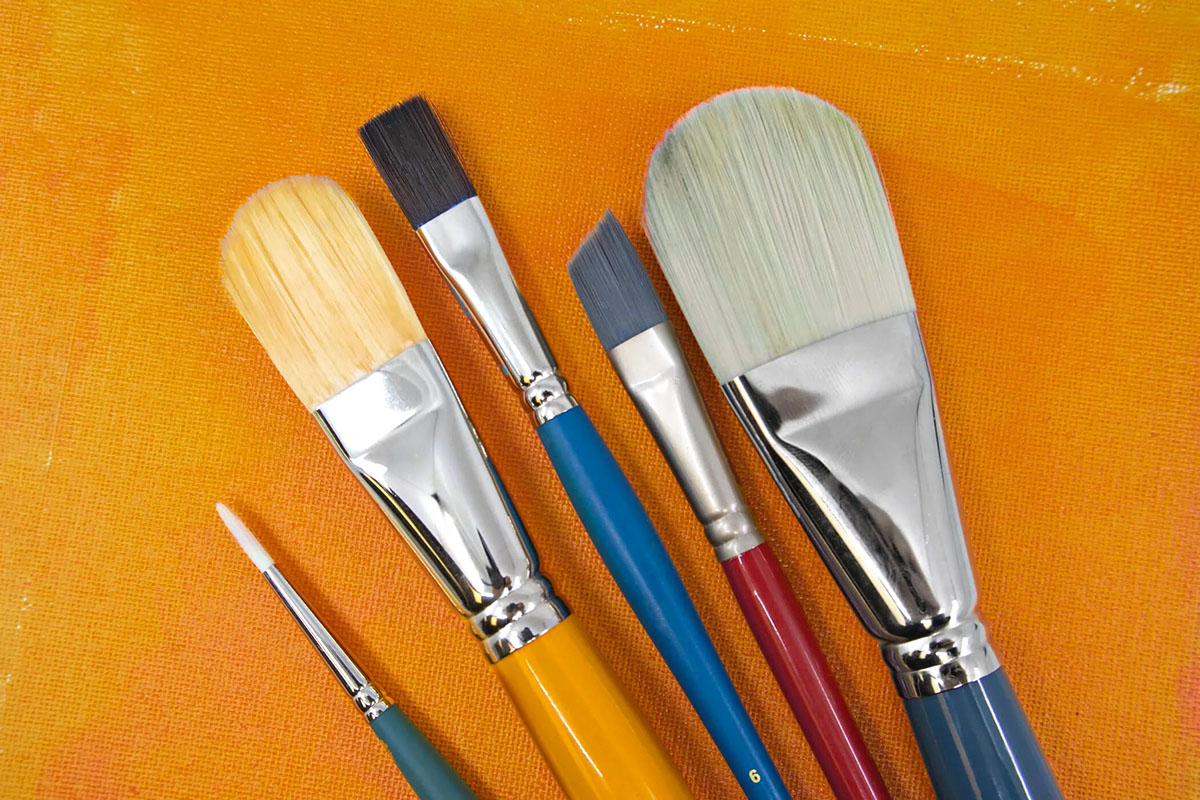

Tools & Equipment
How To Keep Paint Brushes Soft
Modified: December 21, 2023
Learn how to keep your tools and equipment in top condition with our expert tips for keeping paint brushes soft and ready for your next project. Discover the best methods for maintaining your tools and ensuring they stay in prime working condition.
(Many of the links in this article redirect to a specific reviewed product. Your purchase of these products through affiliate links helps to generate commission for Storables.com, at no extra cost. Learn more)
Introduction
Painting can be a therapeutic and fulfilling activity, whether you’re a professional painter or a DIY enthusiast. However, one of the most common challenges that painters face is maintaining the quality of their paint brushes. A crucial aspect of this is keeping the bristles soft and pliable, as stiff and frayed bristles can significantly affect the outcome of your painting project. In this article, we’ll delve into the importance of keeping paint brushes soft, as well as the best practices for cleaning, conditioning, and storing them to ensure their longevity and optimal performance.
Whether you’re using natural bristle brushes for oil-based paints or synthetic brushes for water-based paints, the techniques for maintaining their softness remain largely the same. By understanding the proper care and maintenance of your paint brushes, you can extend their lifespan, save money on replacements, and consistently achieve professional-quality results in your painting endeavors.
So, let’s explore the art of preserving the softness of your paint brushes, allowing you to unleash your creativity without being hindered by worn-out or stiff bristles.
Key Takeaways:
- Properly cleaning, conditioning, and storing paint brushes is crucial for maintaining their softness and ensuring high-quality painting results. It’s like giving your brushes a spa day to keep them in top shape!
- Soft bristles make painting easier and more precise. By taking care of your brushes, you can unleash your creativity without being held back by stiff or worn-out bristles.
Importance of Keeping Paint Brushes Soft
Ensuring that your paint brushes remain soft and supple is essential for achieving impeccable results in your painting projects. The condition of your paint brushes directly impacts the quality of your brushstrokes, the evenness of paint application, and the overall finish of your work. Here’s why maintaining soft paint brushes is of paramount importance:
- Effortless Application: Soft bristles enable smooth and effortless paint application, allowing you to create uniform and consistent strokes. This is particularly crucial when working on intricate details or smooth surfaces, as stiff bristles can lead to uneven coverage and unsightly brush marks.
- Precision and Control: Soft brushes provide greater precision and control, allowing you to execute intricate techniques with finesse. Whether you’re blending colors, creating fine lines, or applying delicate washes, the flexibility of soft bristles enhances your ability to achieve the desired artistic effects.
- Preservation of Brush Shape: Soft bristles are more likely to retain their original shape, ensuring that your brushes maintain their intended functionality. Properly shaped brushes are essential for executing specific painting techniques, such as stippling, dry brushing, or creating sharp edges and corners.
- Longevity of Brushes: By keeping your paint brushes soft and free from hardened paint residue, you can prolong their lifespan. Stiff and brittle bristles are more prone to breakage and shedding, leading to the deterioration of the brush and the need for frequent replacements.
Ultimately, the softness of your paint brushes directly influences the quality and finesse of your artistic output. Whether you’re a professional artist striving for impeccable craftsmanship or a hobbyist seeking to elevate your creative pursuits, the condition of your brushes significantly impacts the outcome of your painting endeavors.
Next, we’ll explore the best practices for cleaning paint brushes to maintain their softness and preserve their performance over time.
Cleaning Paint Brushes Properly
Properly cleaning your paint brushes after each use is fundamental to preserving their softness and extending their lifespan. Failure to remove paint residue can result in hardened bristles, rendering your brushes stiff and ineffective. Whether you’re working with oil-based or water-based paints, the following steps will help you maintain the softness and pliability of your brushes:
- Immediate Attention: After completing your painting session, attend to your brushes promptly. Leaving paint to dry on the bristles can lead to irreversible stiffness, making it challenging to restore their original softness.
- Thorough Rinse: For water-based paints, rinse the brushes under warm water to remove excess paint. Gently massage the bristles with your fingers to release any trapped paint. Repeat this process until the water runs clear, indicating that the majority of the paint has been removed.
- Oil-Based Paints: When working with oil-based paints, use a suitable solvent, such as mineral spirits or paint thinner, to clean the brushes. Pour a small amount of the solvent into a container and swirl the bristles in the liquid, ensuring that it penetrates and dissolves the paint residue.
- Gentle Cleansing: Once the bulk of the paint has been removed, wash the brushes with mild soap and water to eliminate any remaining traces of paint and solvent. Use a gentle, circular motion to cleanse the bristles thoroughly.
- Conditioning: Consider using a specialized brush conditioner or mild hair conditioner to further soften the bristles. Apply a small amount to the bristles and work it in gently, then rinse the brushes and gently reshape the bristles to their original form.
- Drying: After cleaning, reshape the bristles and allow the brushes to air dry horizontally. Avoid standing them upright while wet, as this can cause water to seep into the ferrule, potentially loosening the bristles and compromising the brush’s integrity.
By diligently following these cleaning practices, you can effectively prevent paint buildup and maintain the softness of your brushes, ensuring that they remain in optimal condition for future use. Additionally, regular cleaning minimizes the risk of cross-contamination between paint colors, allowing you to achieve true color fidelity in your artwork.
Next, we’ll explore the use of conditioners and preservatives to further enhance the softness and resilience of your paint brushes.
After cleaning your paint brushes, reshape the bristles and store them in a container with a little bit of fabric softener or hair conditioner to keep them soft.
Using Conditioners and Preservatives
While thorough cleaning is essential for maintaining the softness of your paint brushes, the use of specialized conditioners and preservatives can further enhance their resilience and prolong their usability. These products are particularly beneficial for natural bristle brushes, which can become brittle over time if not properly cared for. Here’s how you can leverage conditioners and preservatives to safeguard the softness of your brushes:
- Brush Conditioners: Purpose-formulated brush conditioners are designed to replenish natural oils in the bristles, preventing them from drying out and becoming stiff. After cleaning your brushes, apply a small amount of conditioner to the bristles and work it in gently. This helps to restore flexibility and suppleness to the bristles, keeping them soft and resilient.
- Preservation Techniques: For prolonged periods of non-use, consider using brush preservatives to protect the bristles from drying and becoming brittle. These products form a protective coating over the bristles, effectively sealing in moisture and guarding against environmental factors that can compromise the softness of the brushes.
- Regular Maintenance: Incorporate the use of conditioners and preservatives into your routine brush care, especially if your brushes are subjected to infrequent use or extended periods of storage. By proactively treating your brushes with these products, you can prevent the bristles from stiffening and maintain their optimal condition for future painting projects.
By integrating brush conditioners and preservatives into your maintenance regimen, you can safeguard the softness and pliability of your paint brushes, ensuring that they remain in prime condition for the long term. Additionally, these products contribute to the overall health and longevity of your brushes, preserving their performance characteristics and enabling you to consistently achieve exceptional results in your artwork.
Next, we’ll delve into the importance of storing your paint brushes correctly to further protect their softness and extend their usability.
Storing Paint Brushes Correctly
Proper storage is a critical aspect of maintaining the softness and shape of your paint brushes, especially during periods of non-use or when transporting them between painting sessions. By storing your brushes correctly, you can prevent damage to the bristles and preserve their optimal condition. Here are essential guidelines for storing paint brushes effectively:
- Positioning: Store your clean, dry brushes in a horizontal position whenever possible. This helps to prevent the bristles from becoming misshapen or distorted, preserving their intended form and functionality. If horizontal storage is impractical, ensure that the brushes are placed with the bristles facing upward to avoid bending or flattening.
- Protective Coverings: Consider using protective coverings, such as brush guards or individual sleeves, to shield the bristles from external elements and accidental damage. These coverings help maintain the integrity of the bristles and prevent them from being crushed or deformed when stored alongside other art supplies or during transit.
- Adequate Ventilation: Avoid sealing your brushes in airtight containers or plastic bags, as this can trap moisture and lead to the growth of mold or mildew. Instead, opt for storage solutions that provide adequate ventilation, allowing air to circulate and prevent the accumulation of humidity that could compromise the softness and cleanliness of the bristles.
- Temperature and Humidity: Store your brushes in a dry, moderate environment with stable temperature and humidity levels. Exposure to extreme heat or excessive moisture can adversely affect the bristles, causing them to become brittle or prone to damage. Maintaining a consistent, suitable environment is essential for preserving the softness and resilience of your brushes.
- Separation of Brushes: When storing multiple brushes, ensure that they are not overcrowded or pressed tightly together. Allowing adequate space between the brushes prevents them from being crushed or deformed, preserving their individual shapes and softness.
By adhering to these storage practices, you can safeguard the softness and structural integrity of your paint brushes, ensuring that they remain in optimal condition for future use. Proper storage not only protects the bristles from damage but also contributes to the overall longevity and performance of your brushes, allowing you to consistently achieve exceptional results in your artistic endeavors.
With a comprehensive understanding of how to clean, condition, and store your paint brushes, you can effectively preserve their softness and usability, empowering you to unleash your creativity with brushes that are always ready for your next masterpiece.
Read more: How To Store Cookies To Keep Them Soft
Conclusion
Preserving the softness of your paint brushes is a fundamental aspect of maintaining their performance and ensuring the quality of your artistic endeavors. By adhering to proper cleaning, conditioning, and storage practices, you can extend the longevity of your brushes and consistently achieve professional-level results in your painting projects.
Understanding the importance of keeping paint brushes soft empowers you to elevate your painting experience and produce exceptional artwork with precision and finesse. Soft bristles facilitate effortless paint application, provide greater control and precision, and contribute to the longevity of your brushes, ultimately enhancing the overall quality of your creative output.
By promptly and thoroughly cleaning your brushes after each use, utilizing specialized conditioners and preservatives, and storing them correctly, you can protect the softness and resilience of your brushes, ensuring that they remain in prime condition for future painting endeavors.
Whether you’re an aspiring artist honing your skills or a seasoned professional seeking to preserve the integrity of your tools, the art of maintaining soft paint brushes is an essential element of your creative journey. By prioritizing the care and maintenance of your brushes, you can unleash your artistic vision with confidence, knowing that your tools are always ready to bring your imagination to life.
So, embrace the art of brush care and embark on your painting ventures with the assurance of soft, pliable brushes that are primed for your next stroke of creativity. With proper maintenance, your brushes will continue to be steadfast companions on your artistic odyssey, enabling you to express yourself with unparalleled artistry and finesse.
Frequently Asked Questions about How To Keep Paint Brushes Soft
Was this page helpful?
At Storables.com, we guarantee accurate and reliable information. Our content, validated by Expert Board Contributors, is crafted following stringent Editorial Policies. We're committed to providing you with well-researched, expert-backed insights for all your informational needs.
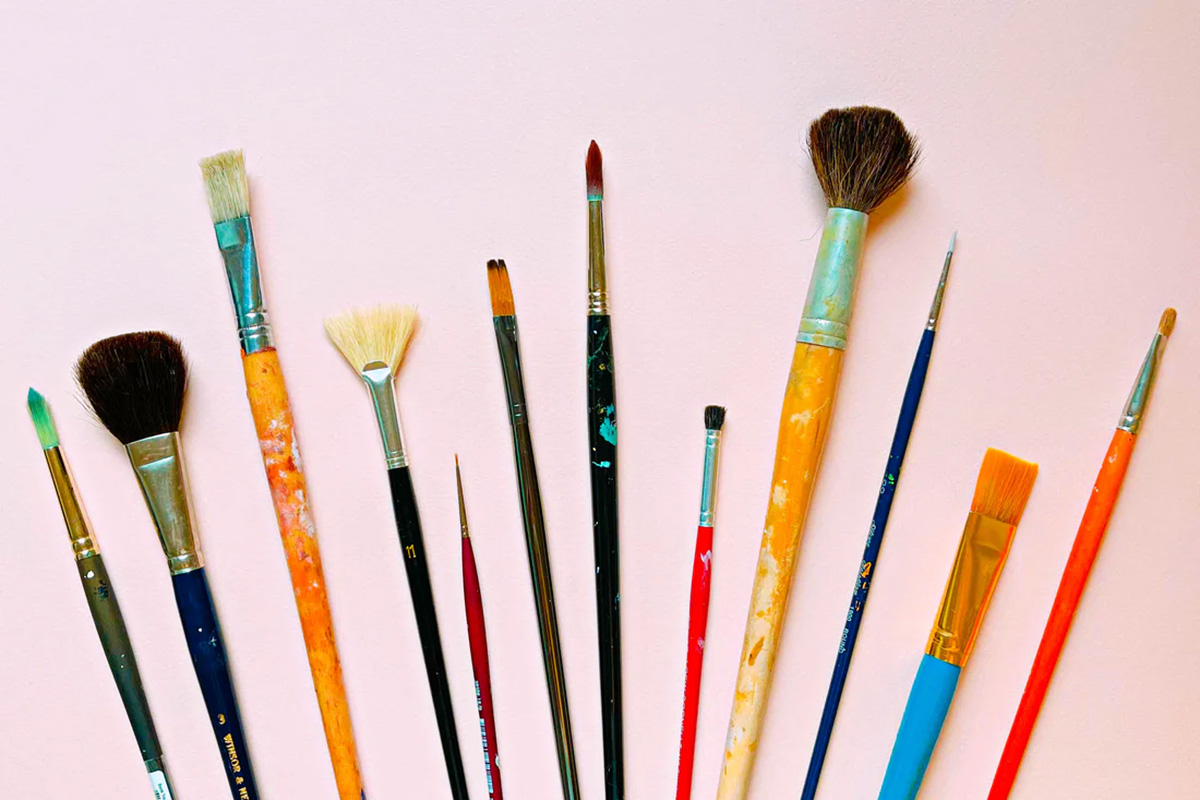

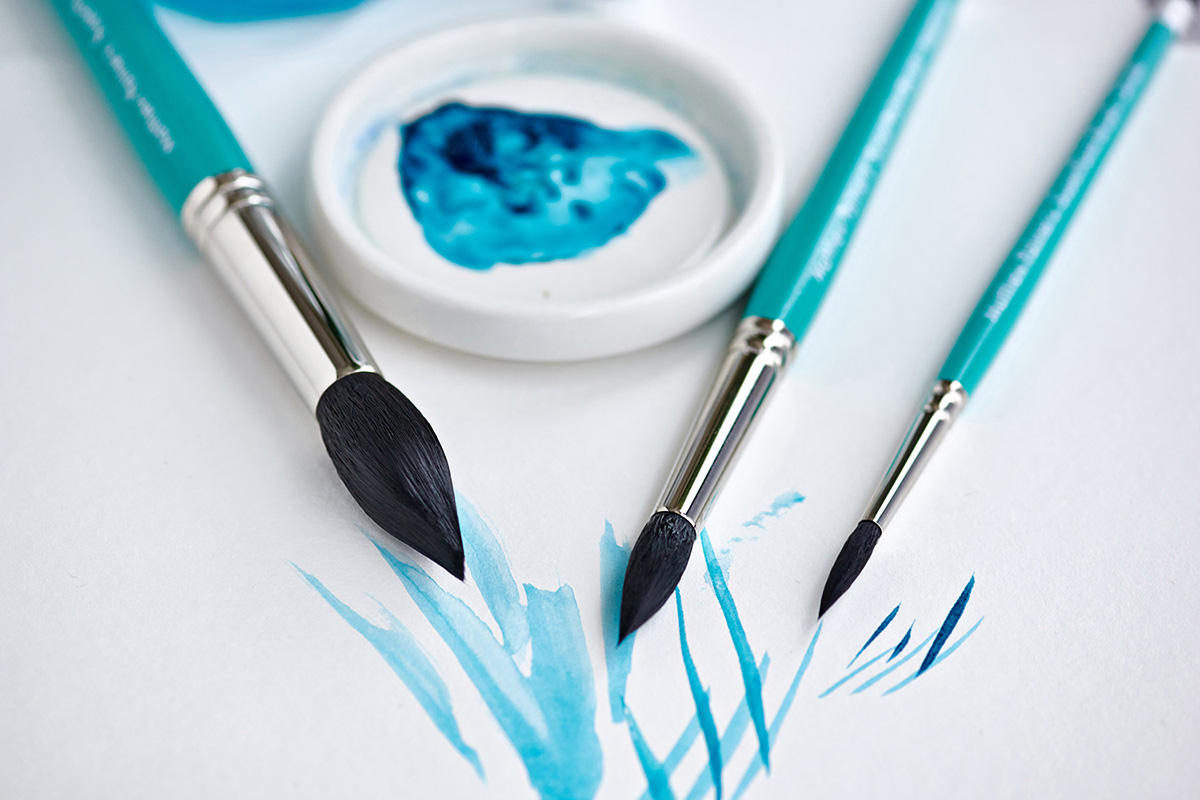
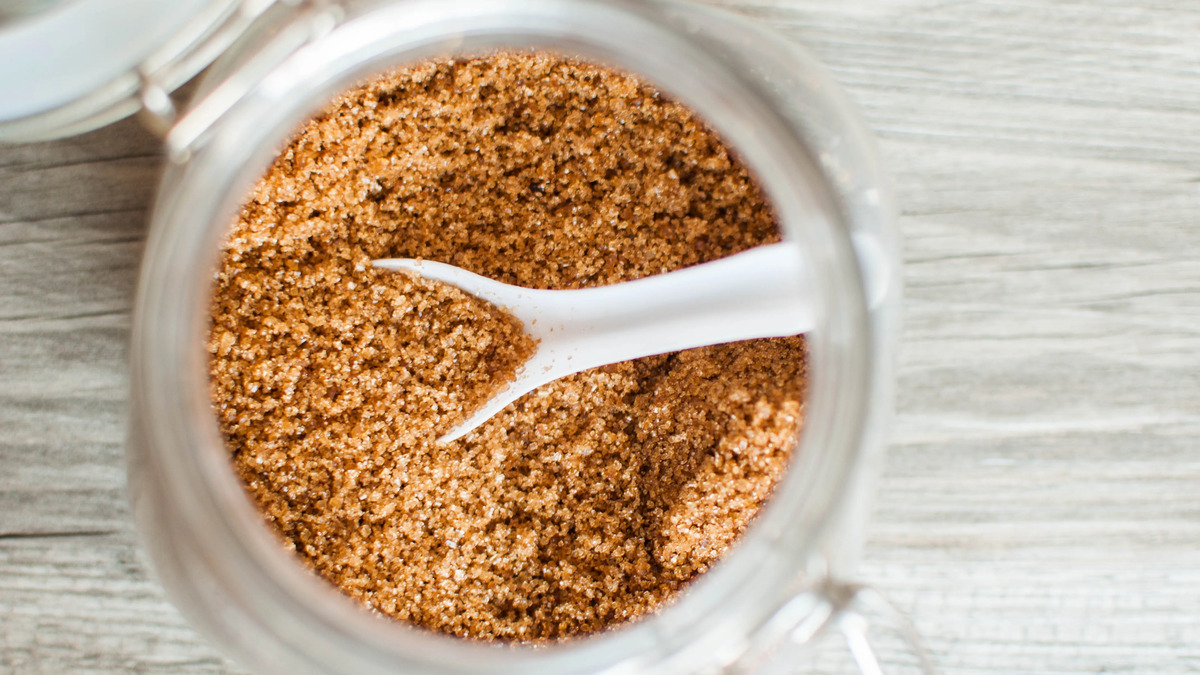
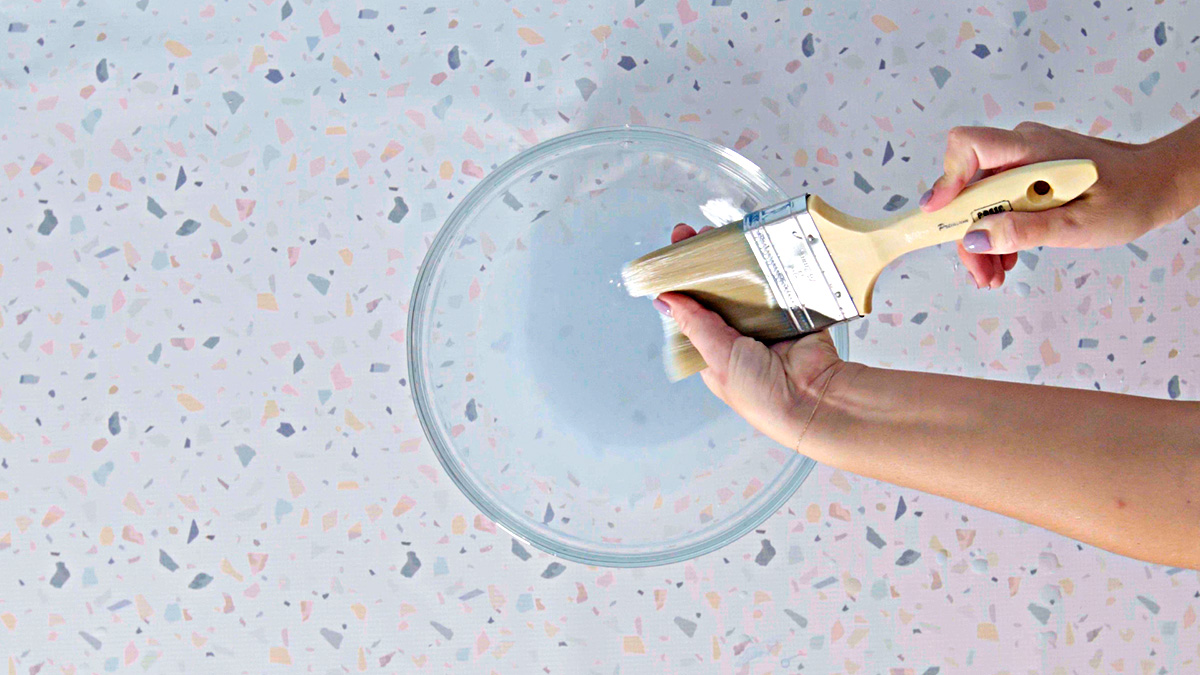
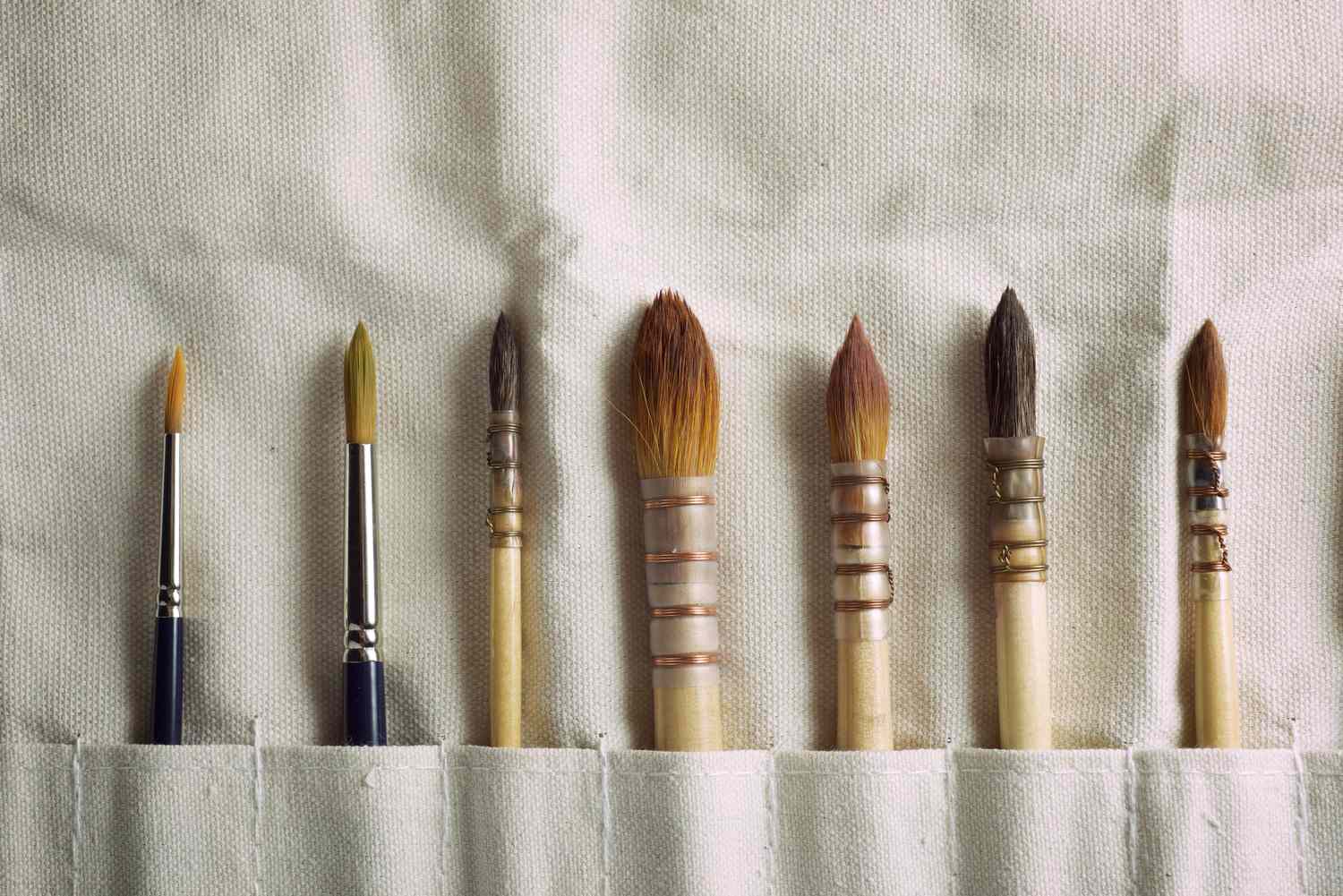

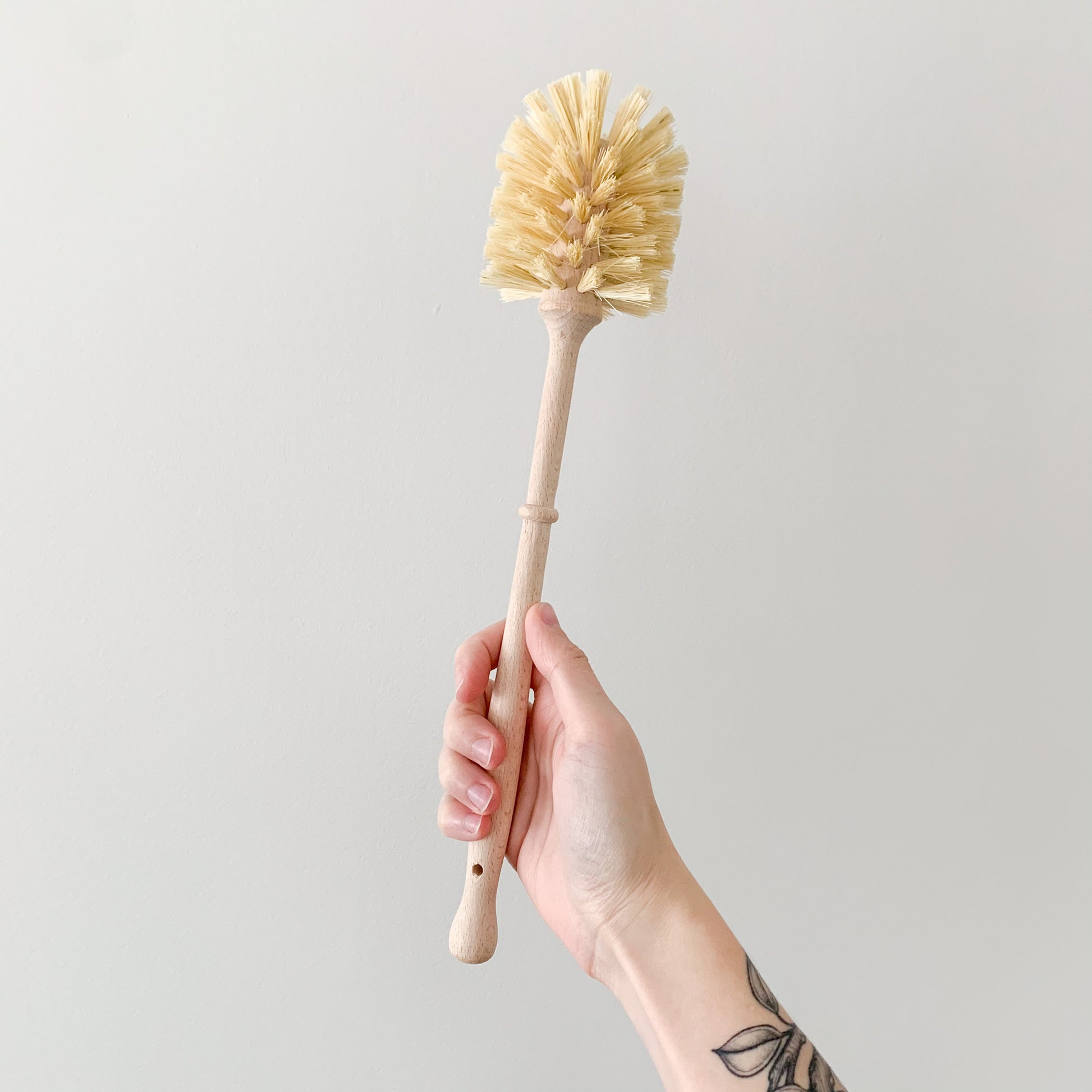
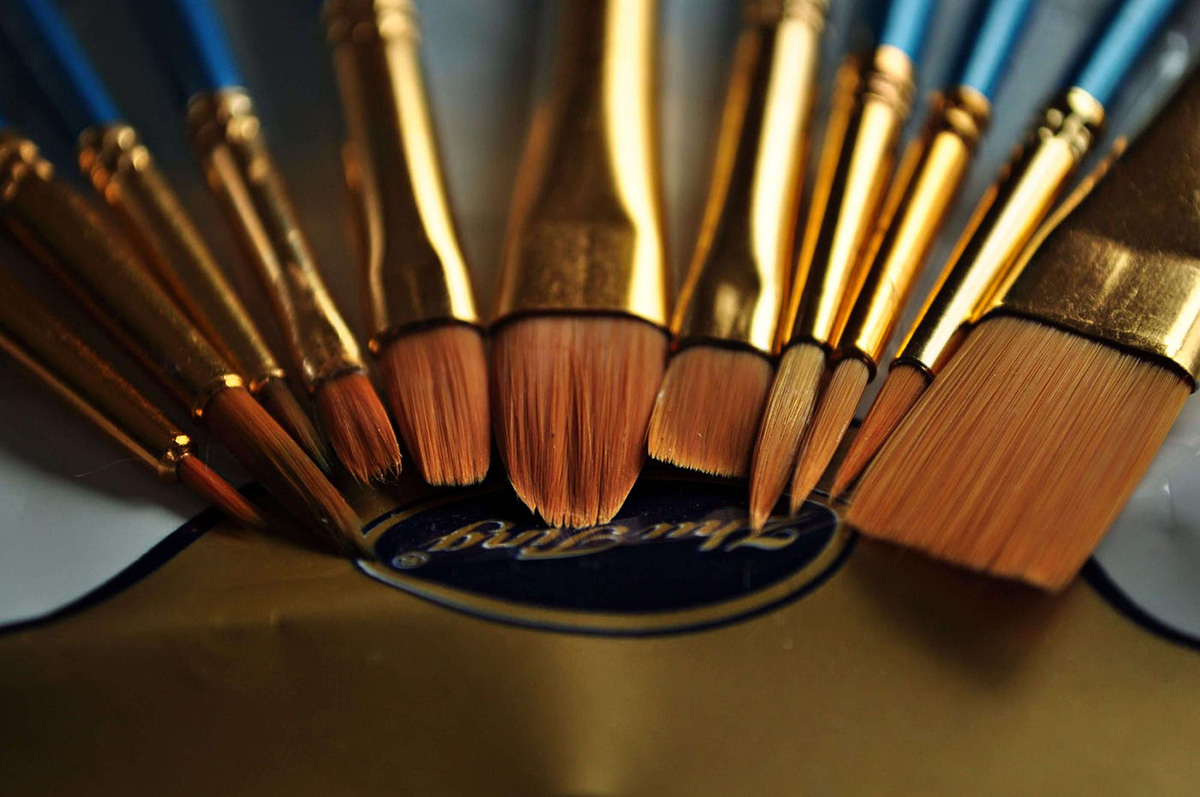
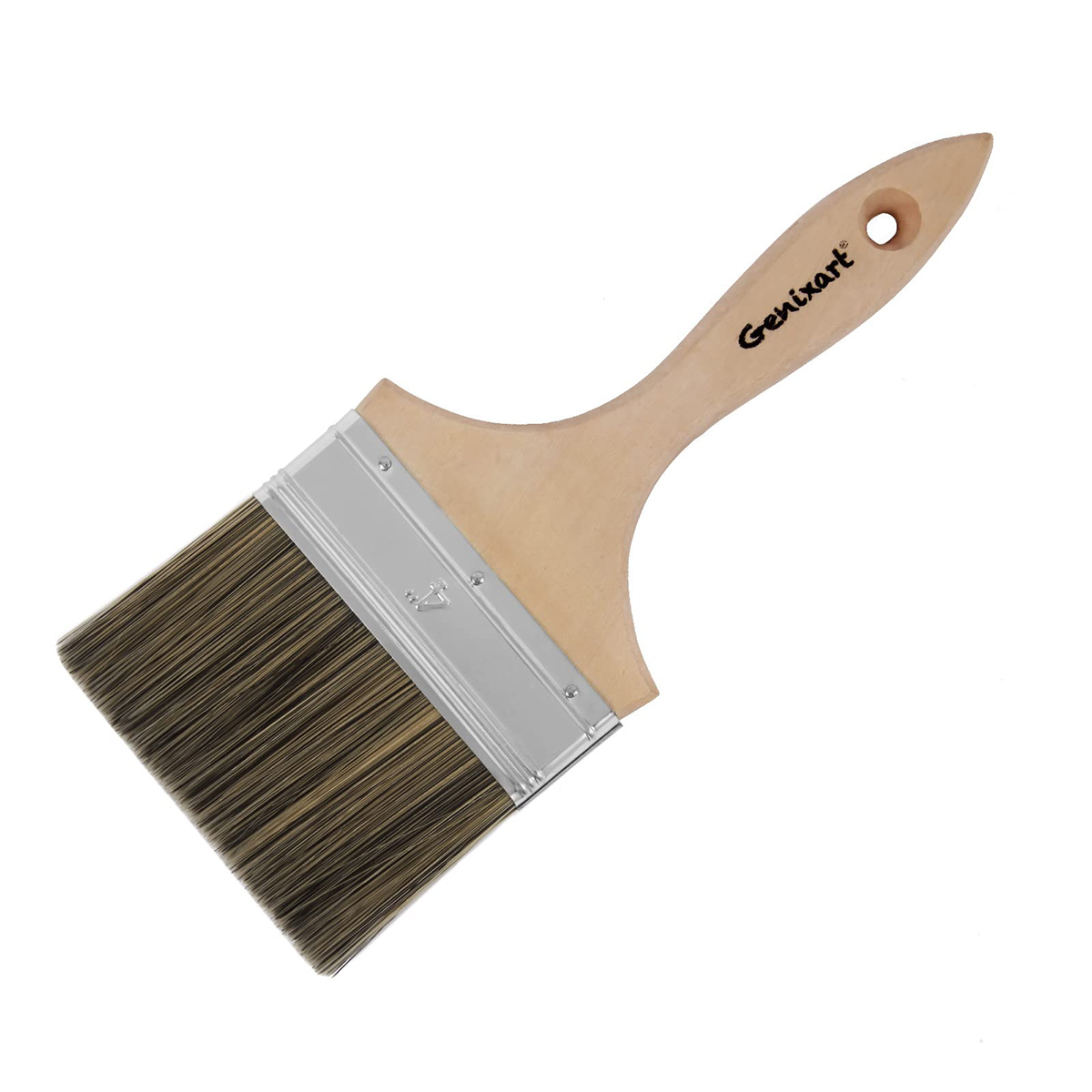
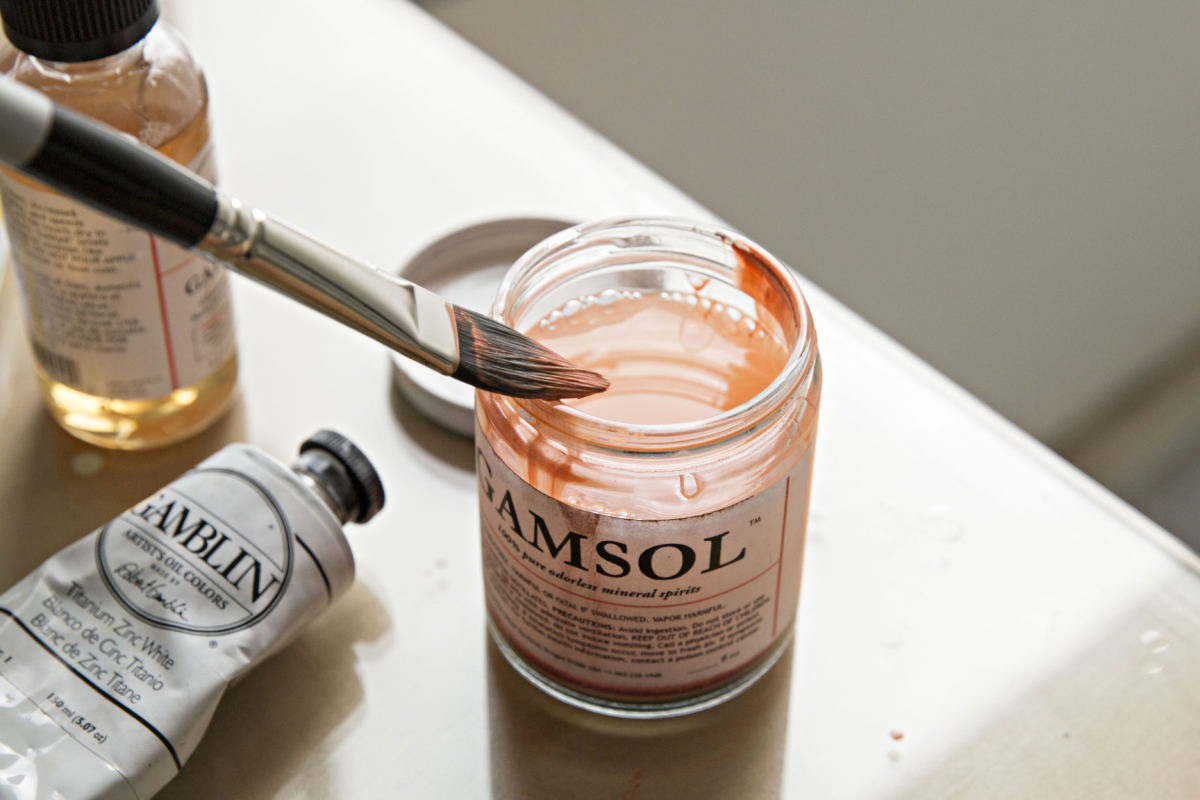
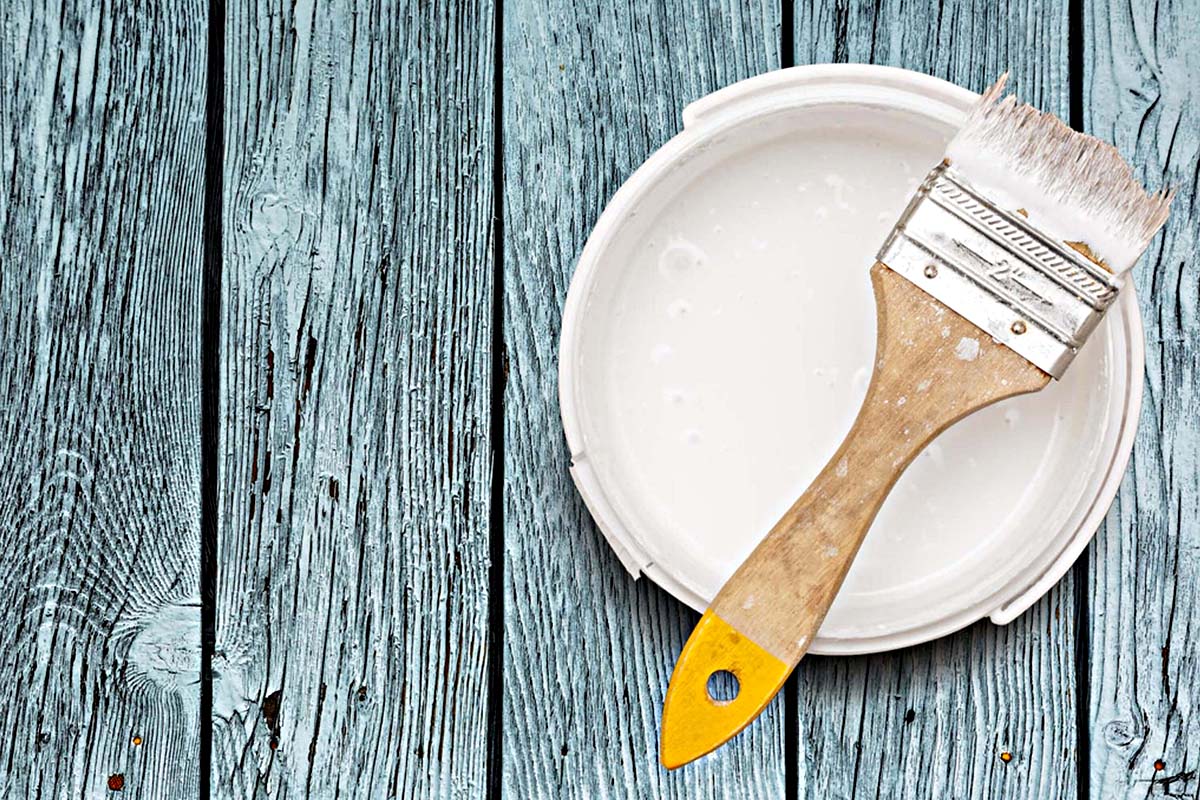
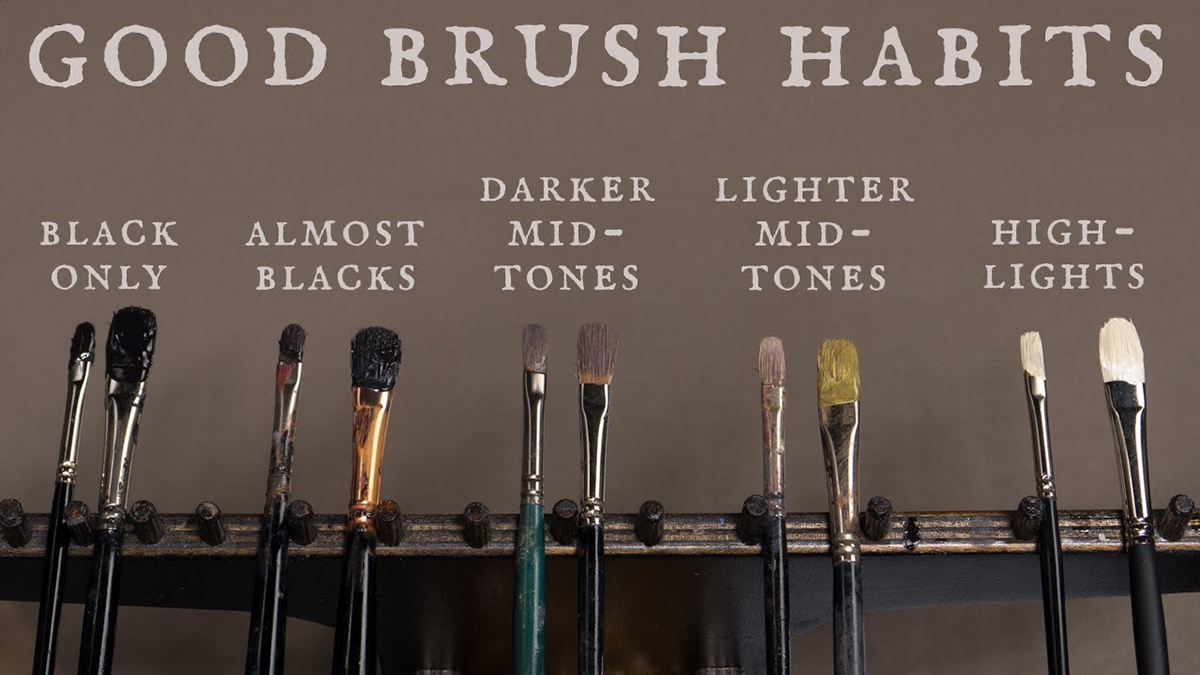
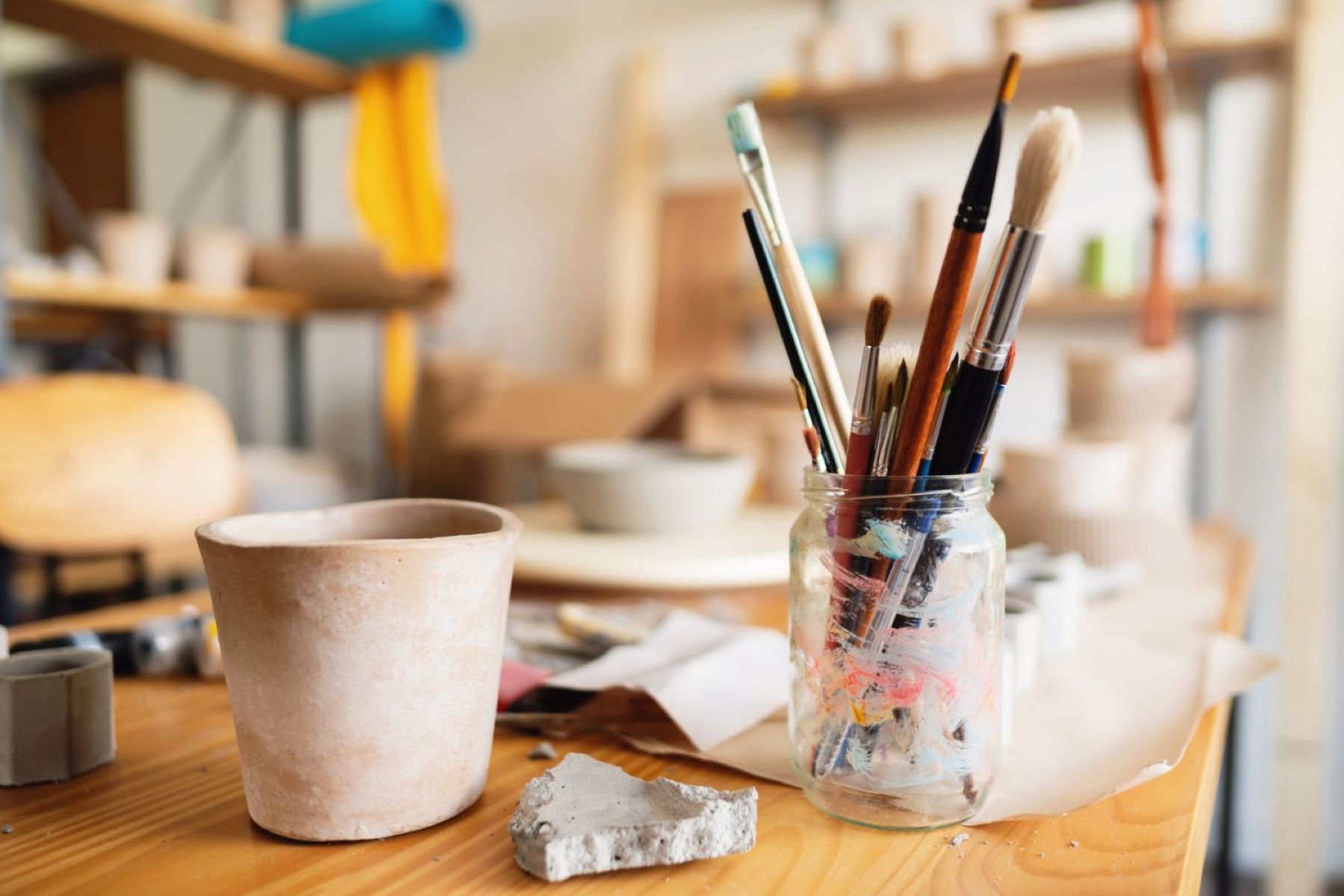

0 thoughts on “How To Keep Paint Brushes Soft”